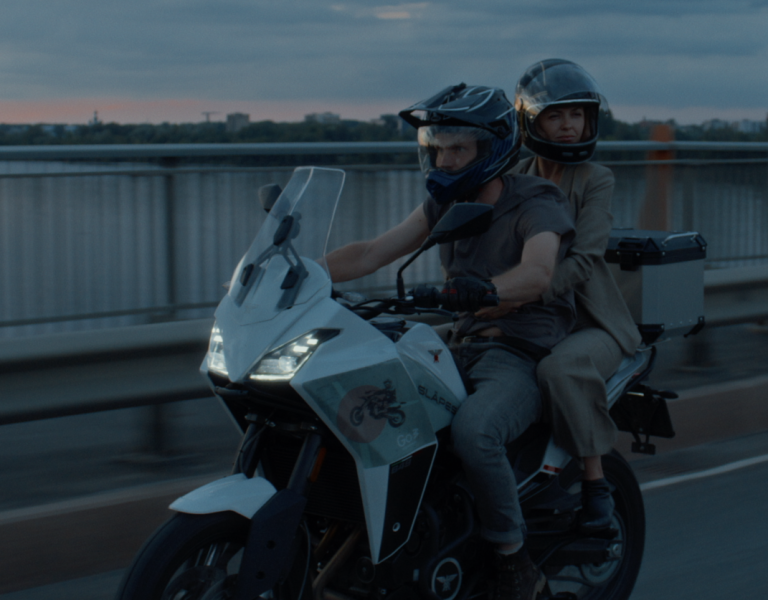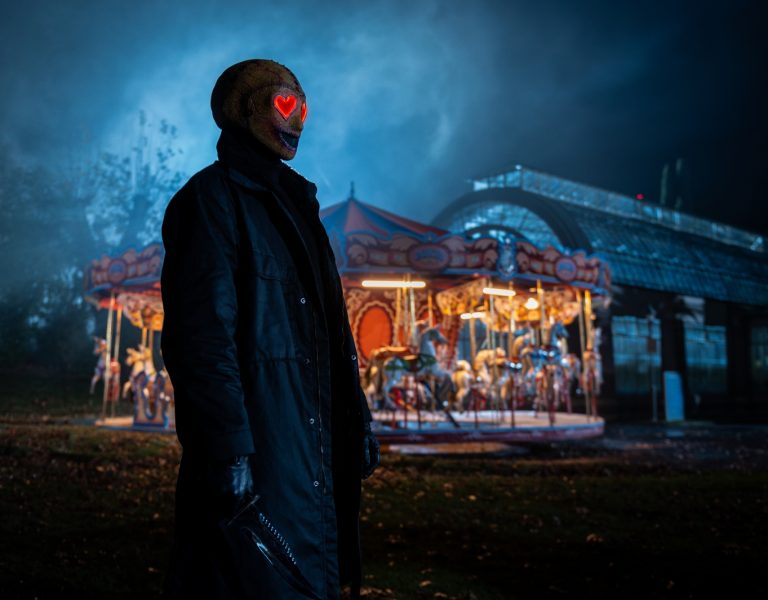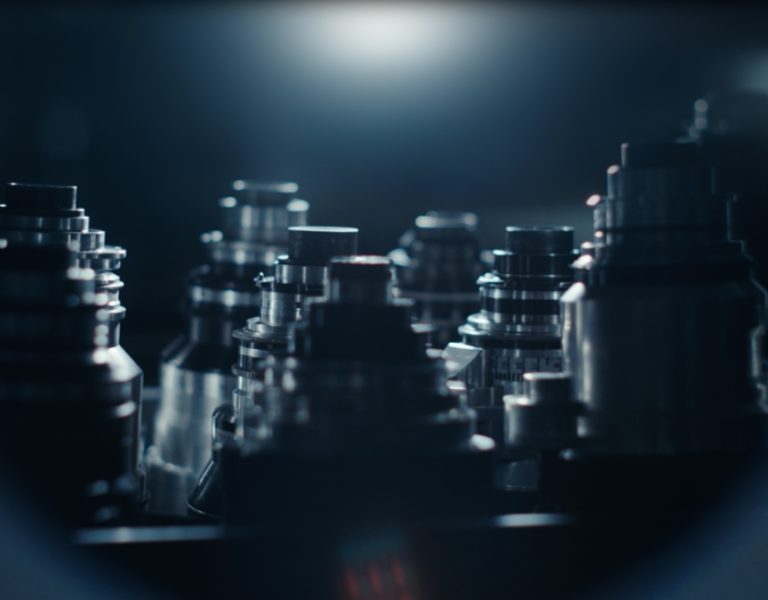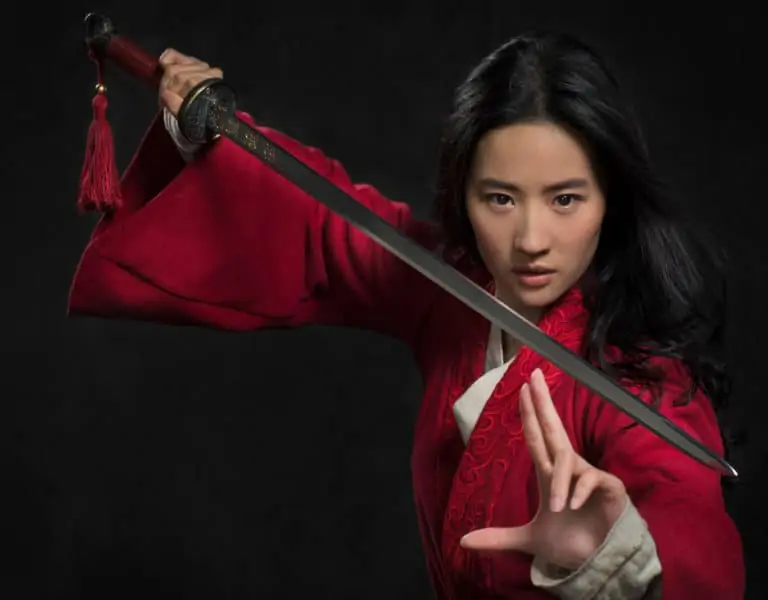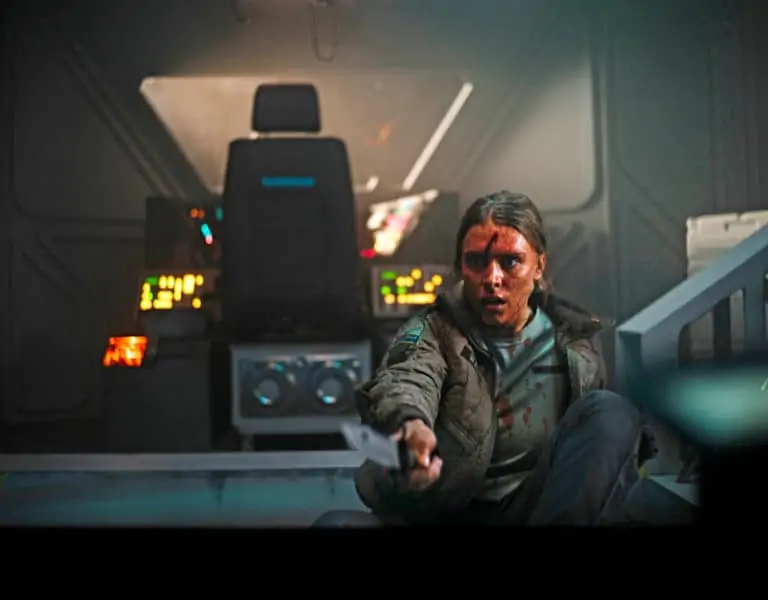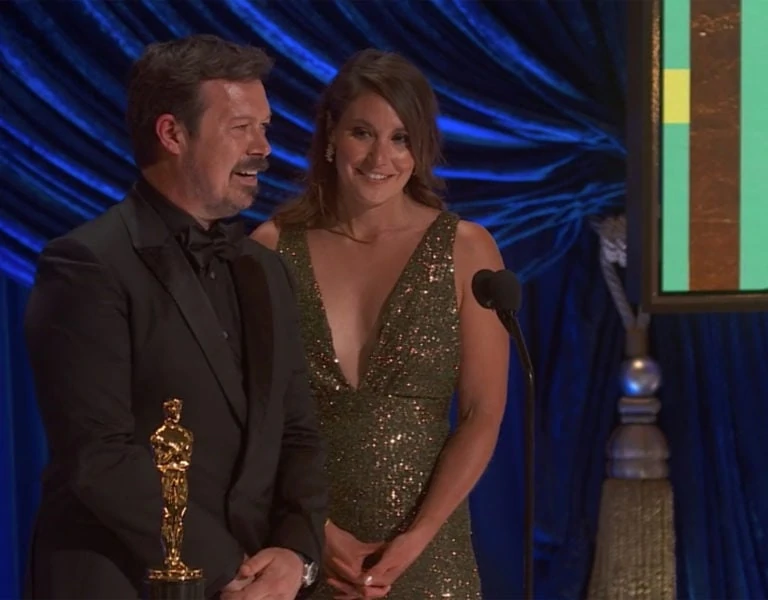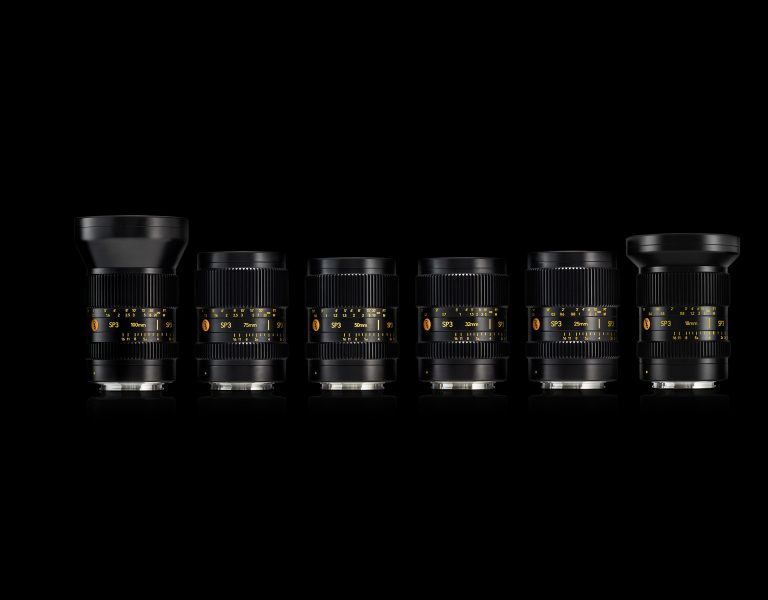DP Alasdair Walker and gaffer Scott Napier on illuminating and capturing the world of Outlander
May 9, 2022

Now in its sixth season, historical drama series Outlander has been pushing creative and technical boundaries once again. The time travelling adventure centres around Claire Randall, an English combat nurse who is mysteriously transported back in time from 1945 to 1743.
“It’s a vast production and sort of like a road movie that started travelling all over Scotland before venturing further afield whilst jumping around in time,” says Scott Napier, who has been gaffer on the series since its inception.
This exploration of different periods in time and disparate worlds also appealed to cinematographer Alasdair Walker who shot pickups for the first and second series before joining the production full-time from series three. “The showrunners are keen to explore different looks according to the story as it moves around in time, especially in the latest season which has really pushed the visual language used,” he says.
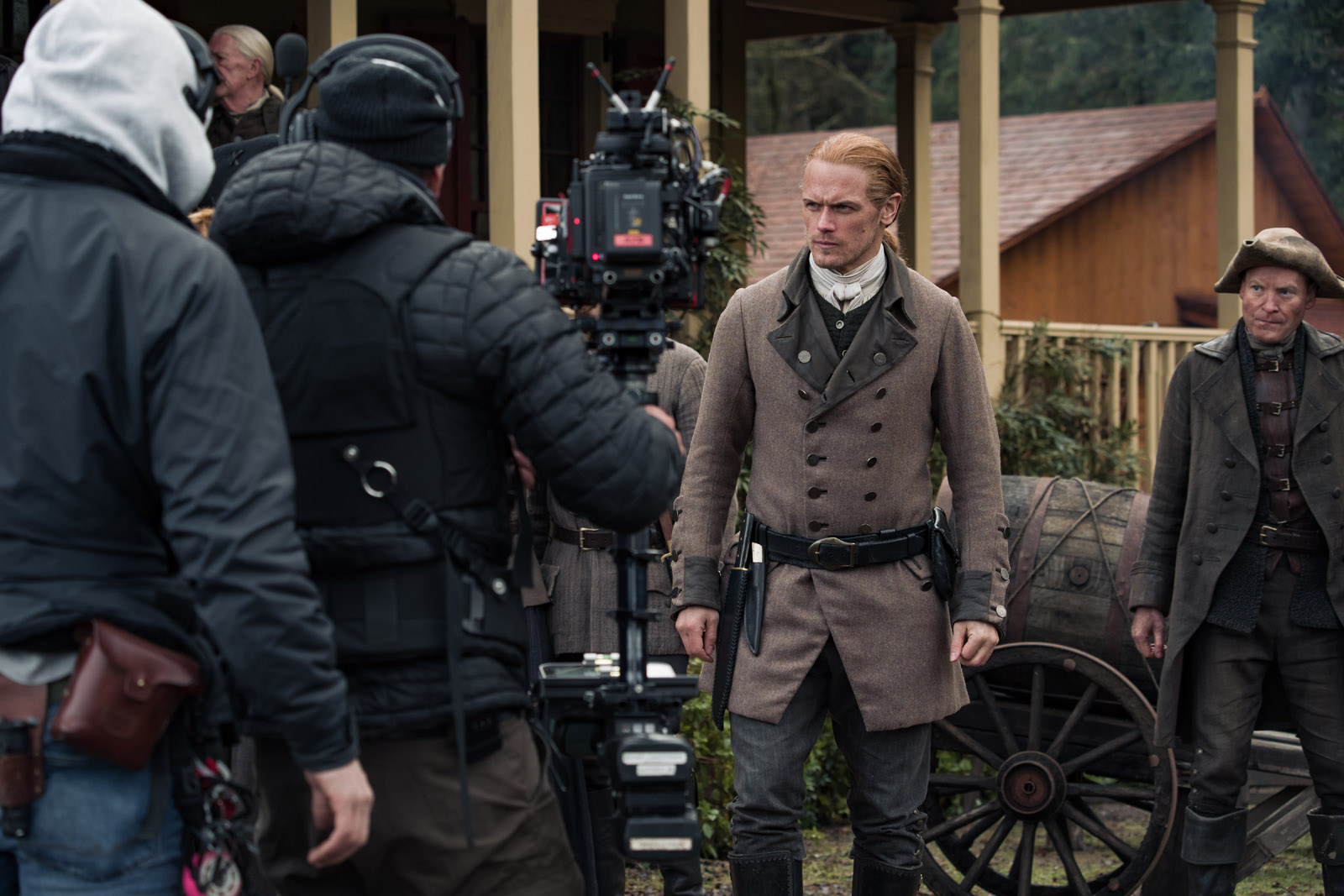
Beginning in Scotland and some parts of Europe during World War Two, the globe-trotting adventure has also seen the characters explore Jamaica and the New World, which took the crew to Cape Town, South Africa for filming. The abundance of costume-led colour and vibrance has often contrasted with the dark and cooler setting of Scotland, where much of the action plays out.
“This season, the characters are going to very dark places,” says Walker. “Working with director Jamie Payne, we pushed the boundaries and used quite wide lenses and lighting effects to create a dark, paranoid feeling. There’s also a slightly Western feel to this series which was influenced by films such as Andrew Dominik’s The Assassination of Jesse James, shot by Roger Deakins CBE BSC ASC.”
Walker chose to shoot series six on the ARRI Mini LF and ARRI Signature Primes as they offered the larger format and shallow depth of field needed. “The colour space is impressive, and I like the way the camera handles skin tones and shadows in night-time scenes. The lenses are so versatile, with little noise which is reassuring as we often work in low light levels.”
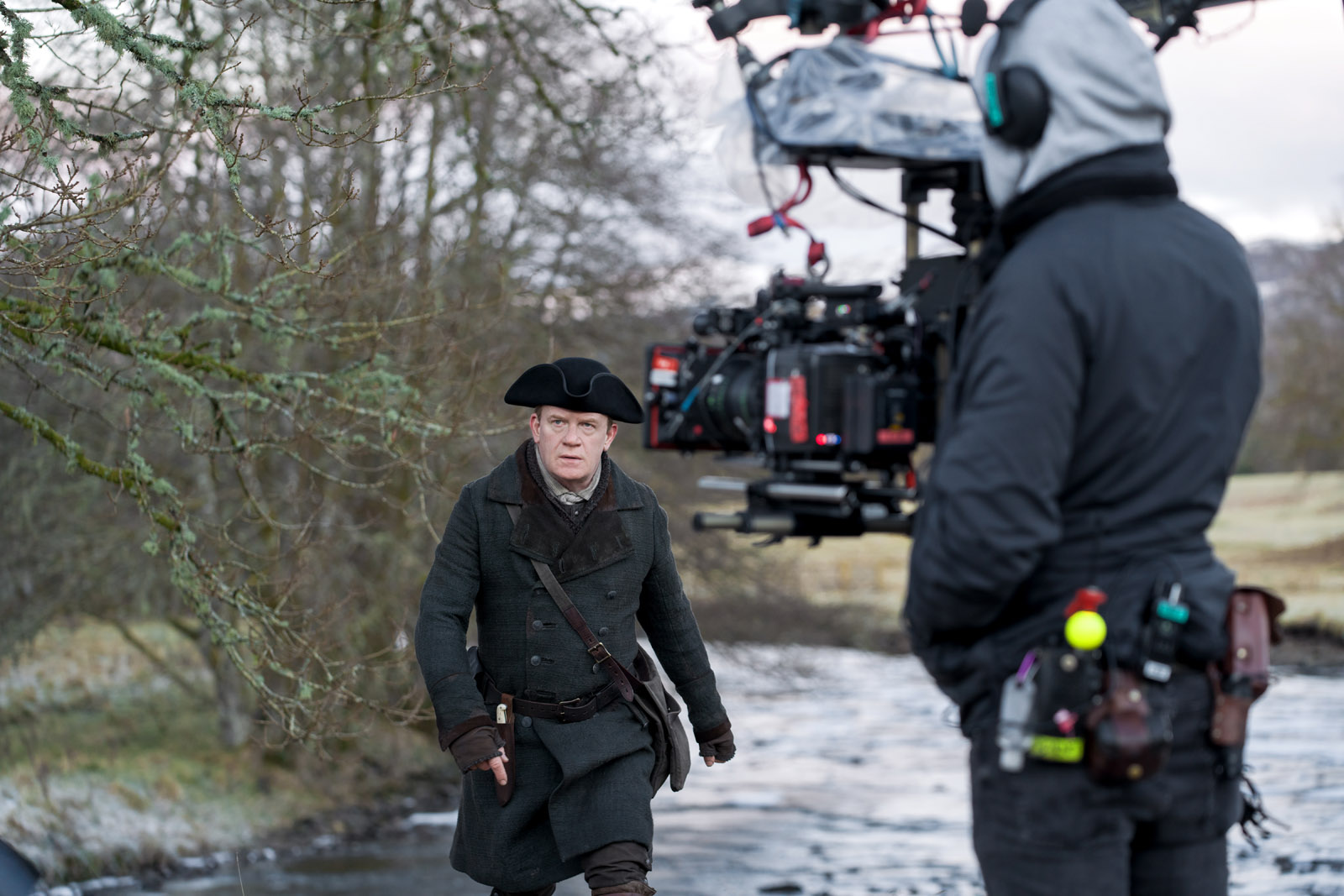
One significant change from earlier seasons has been the move from tungsten to working almost exclusively with LED. “We work with a lot of flame and point source flame, so being able to match that has been made a lot easier thanks to recent LED lighting advances,” says Walker.
This season, the crew added Litepanels Gemini 2×1 LED soft panels into their line-up, having wowed Napier on a recent production. “I was really impressed by the colour rendition and how they excel in the high and low end,” he says.
“We usually put four or five in an array, and we set the levels, working closely with the DIT, to create soft modelling around them. It’s very easy, even on wide lenses, to create that softness on skin tones and they match the ARRI Mini LF’s colour space really well,” adds Walker. “We also find the light quality emitted by the Geminis to be really high when measuring with a spectrometer.”
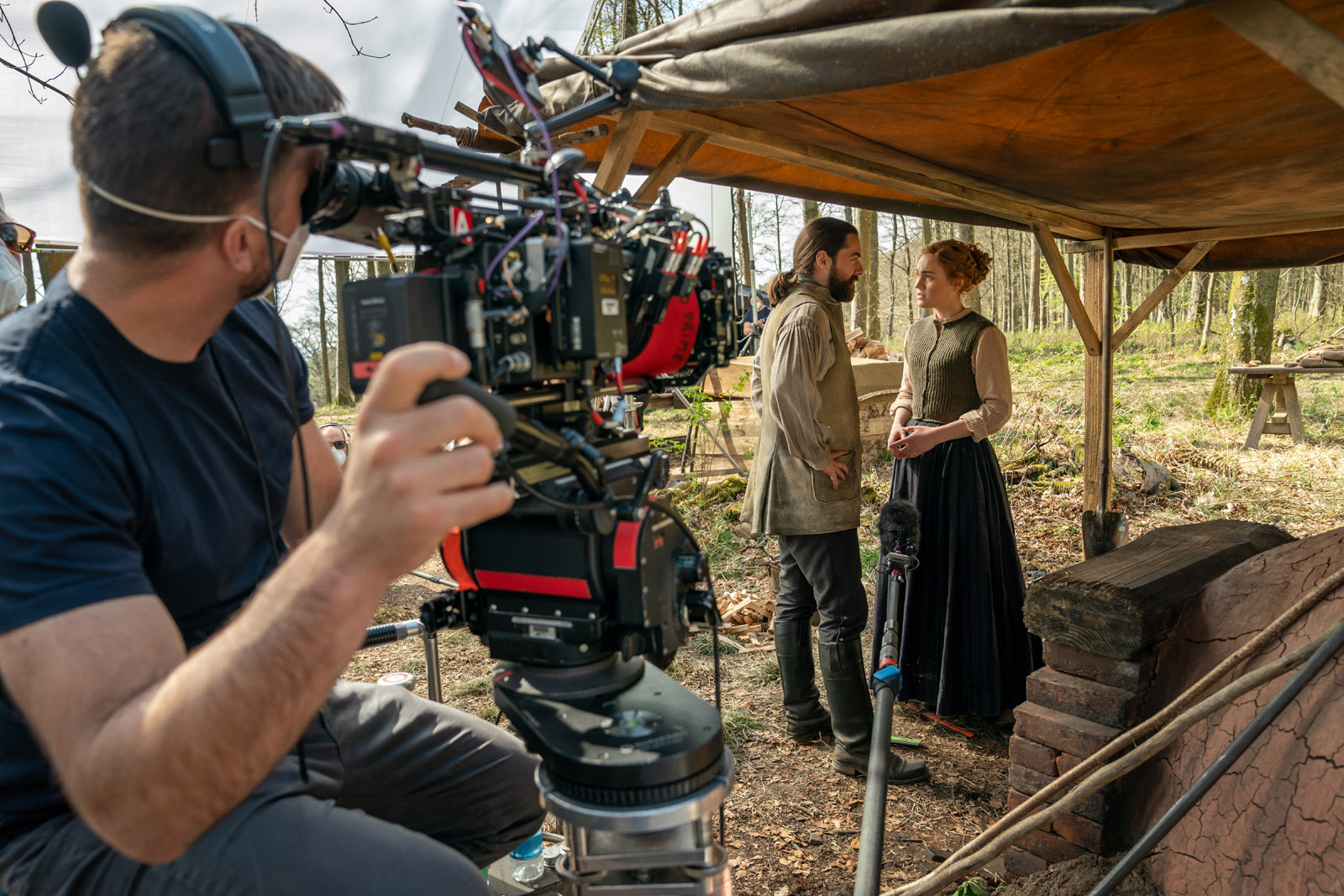
Often needing to move quickly during filming, the crew use custom-made soft boxes loaded with LED lights to easily transition between looks. “We have more time for pre-lighting than some shows I’ve worked on but advances in lighting technology have made life much easier and allow us to experiment and change looks quickly,” says Walker.
Working with wider lenses on the latest series required a different lighting approach. “The tunability of the LEDs has been really helpful and working with wireless systems to easily set the lights and balance everything from the monitor has freed up a lot of time,” says Napier.
When certain characters experience difficulties in the series, Walker combined the use of wide lenses with an ARRI Orbiter off camera to create the feeling of the sun flaring down the lens and the effect of getting inside the characters’ mind. Elsewhere, waterproof fixtures such as the Creamsource Vortex 8 were invaluable when shooting in Scotland’s often unpredictable weather conditions.
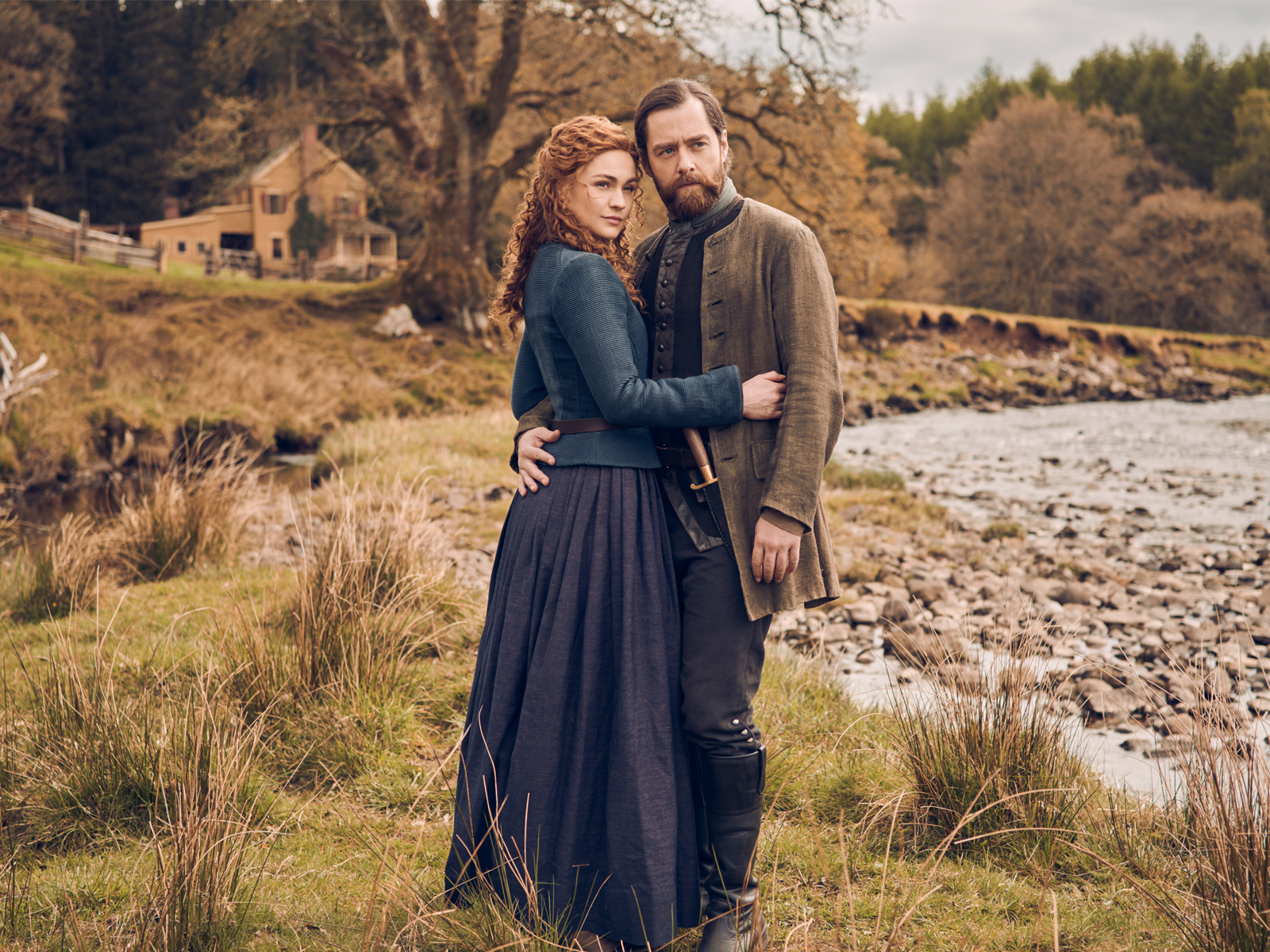
Napier has also developed bespoke lighting solutions for the candle and fire orientated show. “We required lighting to recreate that effect, but I couldn’t find anything quite right on the market, so I built LED units that I could flicker using four channels and pretty much accurately match fire or candlelight.”
One scene sees a character wake in the middle of the night and the candle she carries is the only light source. “We placed Astera Helios tubes just out of frame and it felt like the actor had a candle just out shot illuminating her journey,” says Walker. “The ability to shape light in that way is incredible and means we can give the director and artists more freedom to move around.”
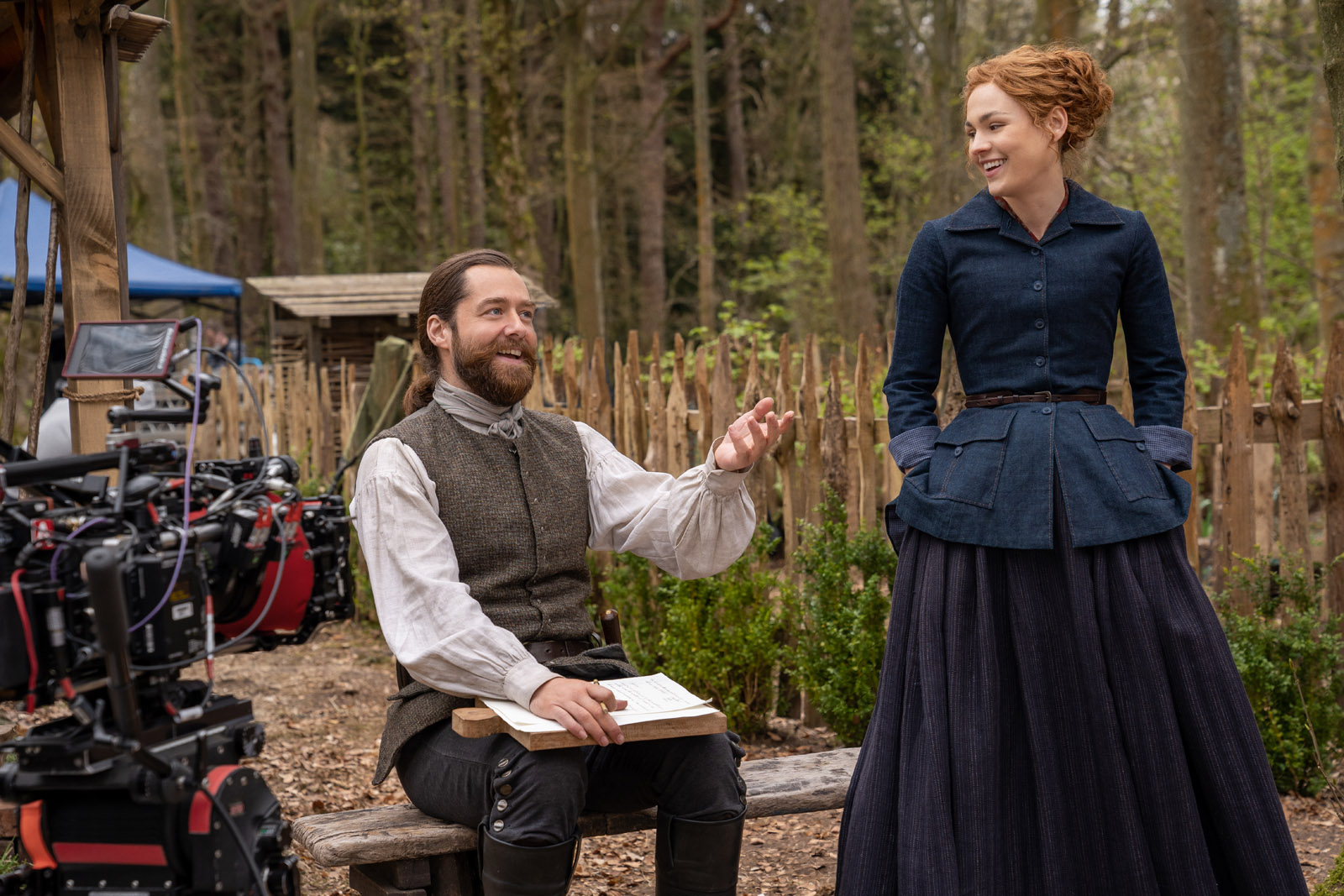
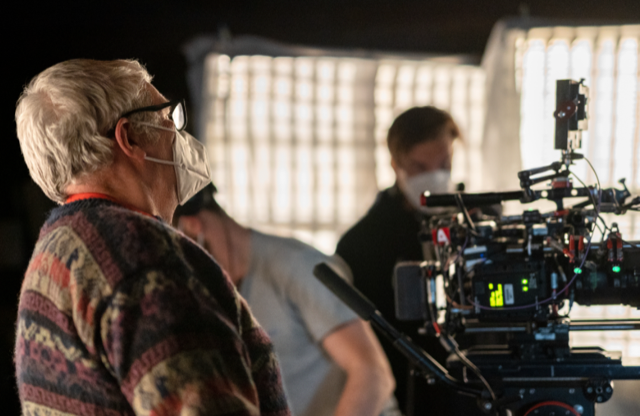
Outlander has taught Walker the value of building up a reliable crew of production experts. “I’ve surrounded myself with talented people such as Scott and our incredible camera and Steadicam operator Michael Carstensen. Michael started working with us when we were shooting season three in South Africa and he impressed the team so much he has since joined the team full time and moved his family to the UK,” says the DP.
“Being able to collaborate with people who really understand what you’re trying to articulate is key. If you’re working with a director who has a real vision, this allows you to make sure it comes to fruition. Scott is one of the most organised people I’ve worked with which always makes my job easier and more enjoyable and is part of the reason why Outlander has been one of my favourite productions to work on.”
Outlander Seasons 1 – 6 are available now on Starzplay.
Words: Zoe Mutter


